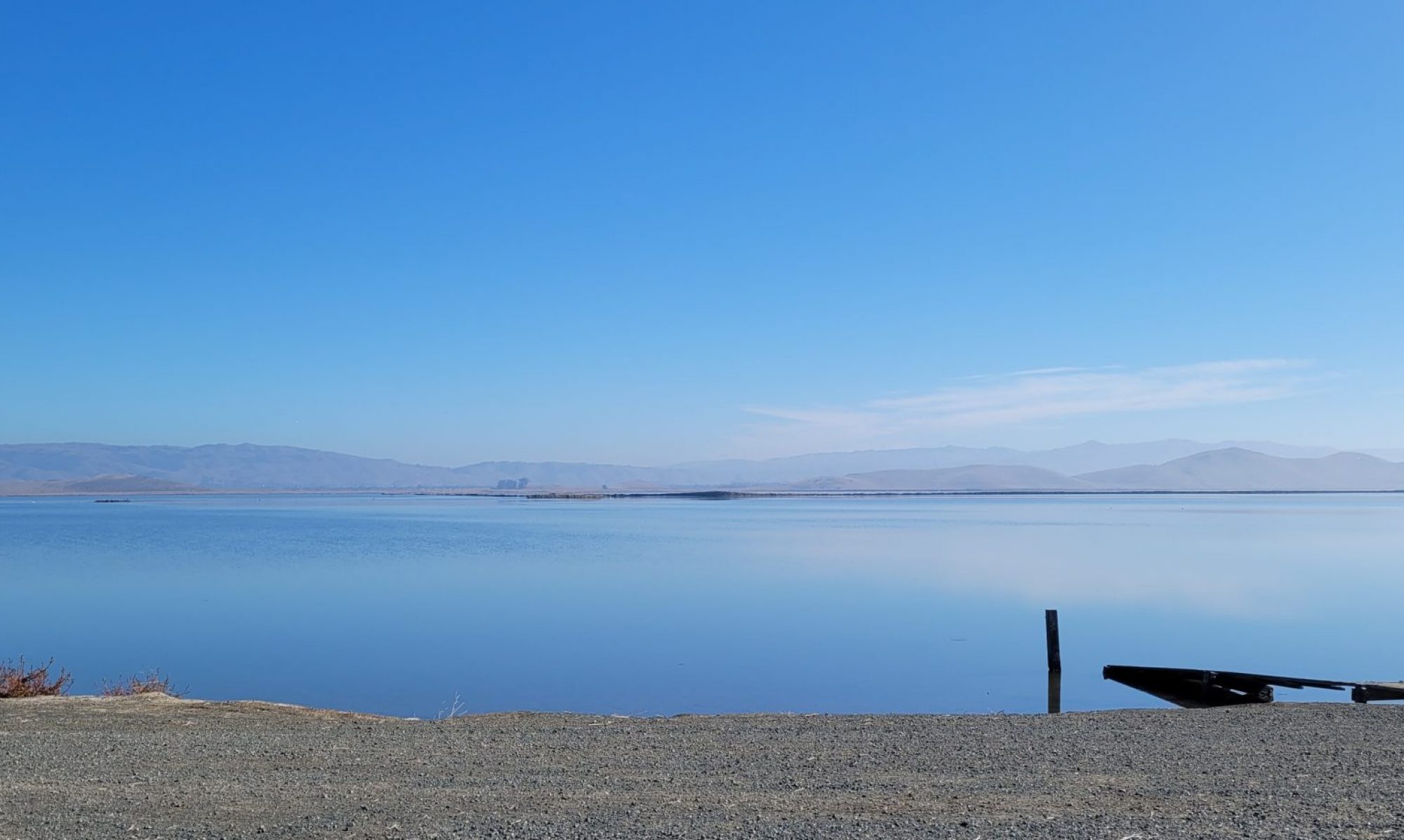
“Ancient” American ice house,, Louisiana October 1938, Library of Congress photo by Russell Lee.
Nearly five years ago, I wrote a version of this post after reading Who Ate the First Oyster?, Cody Cassidy’s marvelous book, which chronicles stories of individual firsts. My approach focuses globally rather than on firsts. So far we have journeyed around the world to see what humanity has created, from Siberia to Chile to Australia to Germany to Egypt and to the Fertile Crescent.
I’ve leaned into anthropology and archaeology fairly heavily, although today’s journey will be more standard history. For this particular topic, we need to stretch the boundaries of “ancient” forward a little, tiptoeing into the Middle Ages, to understand this marvelous creation. Really, it’s why probably humans learned to control fire, stand up, carry our babies with us, and build giant pyramids. We needed to develop knowledge and skills to invent Ice Cream.
The road to inventing ice cream was a bit circuitous and meandered from the ziggurat-days of Ur to the sophisticated empires of the Far East and back to Fertile Crescent. The most important part of the invention happened near the beginning. Because to make ice cream, you needed ice.




